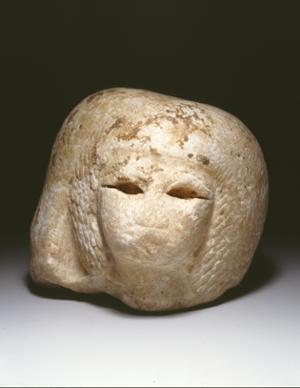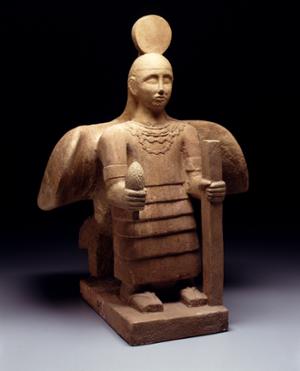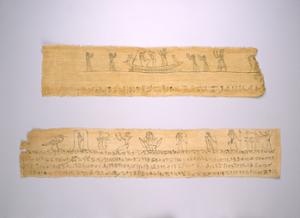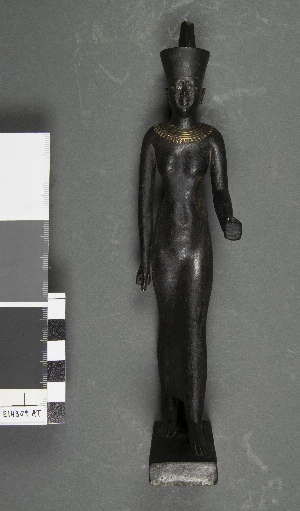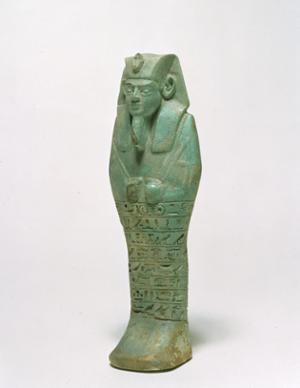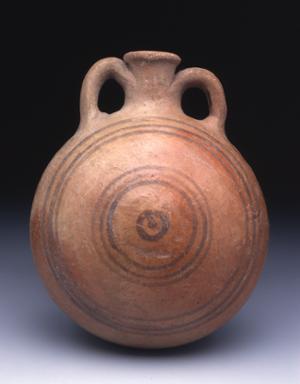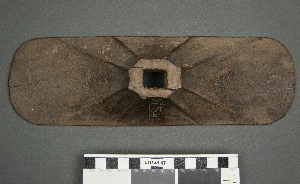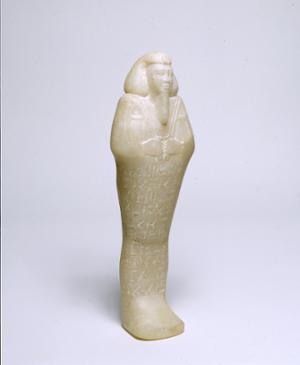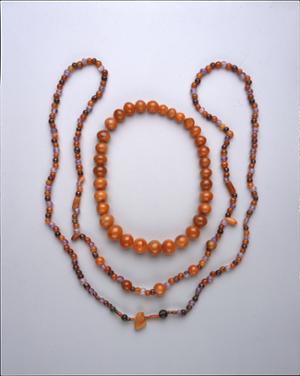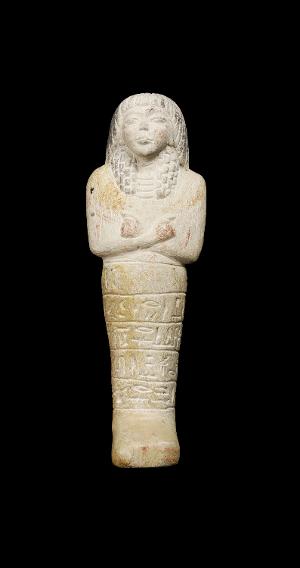Silverman, David P. Searching for Ancient Egypt: Art, Architecture and Artifacts from the University of Pennsylvania Museum. Cornell University Press, 1997.
Reference
- Object[237]
- egyptian[237]
- aegis[1]
- amulet[5]
- bandage[8]
- bead network[1]
- bead string[6]
- beads[1]
- bottle[1]
- bowl[4]
- canopic jar lid[1]
- capital[1]
- coffin box[1]
- collar[1]
- dish[2]
- door jamb[1]
- false door[5]
- figurine[3]
- funerary mask[1]
- head rest[2]
- jar[8]
- lintel[2]
- manuscript[1]
- mastaba[98]
- mirror[1]
- mirror handle[1]
- mummy case lid[1]
- mummy mask[1]
- necklace[5]
- offering table[1]
- palette[2]
- pectoral[1]
- pilgrim flask[1]
- relief[60]
- relief fragment[2]
- royal shawabti[2]
- sarcophagus lid[1]
- scarab[1]
- scarab ring[1]
- sculptor's model[2]
- shawabti[8]
- shroud[1]
- shroud fragment[1]
- soul house[1]
- spoon[1]
- statue[24]
- statue fragment[5]
- statuette[6]
- stela[7]
- stela fragment[1]
- string of beads[4]
- textile[9]
- toilet box[2]
- trinket box[1]
- vase[3]
- votive[1]
- votive statue[1]
- wand[1]
- window[1]
- abydos[15]
- balabish[2]
- balansura[1]
- ballas[7]
- bubastis[1]
- buhen[8]
- buto[1]
- coptos[1]
- deir el-bahari[1]
- deir el-medina[1]
- dendereh[4]
- dra abu el-naga[9]
- egypt[227]
- fayum[3]
- gurob[8]
- hierakonpolis[1]
- hiw[2]
- karanog cemetery[11]
- karnak[1]
- memphis (egypt)[4]
- meydum[4]
- mit-rahineh[14]
- naqada[6]
- nubia[21]
- nuri[2]
- rifeh[1]
- sais[1]
- saqqara[99]
- sedment[3]
- sudan[10]
- tanis[1]
- thebes (egypt)[11]
- upper egypt[4]
- abydos[1]
- amenhotep ii[1]
- amenhotep iii[1]
- early nineteenth dynasty[1]
- early ptolemaic[1]
- egyptian early dynastic[5]
- egyptian predynastic period[7]
- eighteenth dynasty[28]
- fifth dynasty[99]
- first dynasty[4]
- first intermediate period[1]
- fourth dynasty[1]
- graeco-roman period[1]
- hatshepsut[2]
- khasekhem[1]
- late eighteenth dynasty[1]
- late middle kingdom[1]
- late period[14]
- middle kingdom[15]
- middle predynastic[1]
- napatan[2]
- naqada i[1]
- naqada ii[6]
- narmer[1]
- new kingdom[47]
- nineteenth dynasty[19]
- old kingdom[101]
- osorkon ii[1]
- ptolemaic period[13]
- ptolemy xii neos dionysos[1]
- ramesses ii[1]
- ramesside period[1]
- ramses xi[1]
- roman period[4]
- saite period[1]
- second dynasty[1]
- second intermediate period[1]
- senwosret i[1]
- sixth dynasty[96]
- third intermediate period[10]
- thirteenth dynasty[4]
- thirtieth dynasty[1]
- thirty-third dynasty[10]
- thutmose iii[1]
- thutmose iv[1]
- tutankhamun[1]
- tuthmosis iii[3]
- twelfth dynasty[12]
- twenty-fifth dynasty[2]
- twenty-first dynasty[4]
- twenty-second dynasty[6]
- twenty-sixth dynasty[11]
- graeco-roman[1]
- greco-roman[1]
- meroitic[12]
- ptolemaic[15]
- roman[4]
- 12th dynasty cemetery[1]
- 13:098 c/11[1]
- 140, middle stratum[1]
- 200.20[3]
- 200.20 c. 4 metres above merenptah in centre of trench n edge[1]
- ans30 - tomb of hor[1]
- area 1[1]
- b101[2]
- b6/13[1]
- bastet temple[1]
- cemetery[1]
- cemetery a, grave 1475[1]
- cemetery d[1]
- dan 14[1]
- dan 3[1]
- e 108[3]
- e 145[1]
- e 155[1]
- e 176[1]
- festival hall[1]
- from palace of merenptah[1]
- g[2]
- g 164[1]
- g 182[1]
- g 307[1]
- g 312[1]
- g 361[1]
- g 45[1]
- g 523[1]
- g 566[1]
- g 783[1]
- g723[1]
- gr 1465[1]
- grave 755 ?[1]
- grave 813[1]
- grave q576[1]
- h60[1]
- k13[2]
- k45[2]
- k8[1]
- lower cemetery, tomb 76[1]
- lower terrace debris[1]
- naqada cem. a or ballas cem. c - gr608[1]
- northeast corner of room 255, strip 584.[1]
- palace of merenptah rm 14 west door[1]
- possibly from the deir el bahri royal cache[1]
- pyramid i[1]
- pyramid iv[1]
- ramesseum[1]
- ramesseum (reuse)[1]
- ramesseum; originally from the temple precinct of mut at karnak.[1]
- rm100e[1]
- room 100e[1]
- room 101[1]
- rp 7es[1]
- sebbakh north of 200:16[1]
- south portal strip 100e[1]
- surface north of room i of the palace of merenptah[1]
- t265[1]
- temple[1]
- temple main deposit[1]
- temple of hathor[1]
- temple of horus[1]
- tomb 2253[1]
- tomb 254[2]
- tomb 314[1]
- tomb 423[1]
- tomb 44 in the lower cemetery[1]
- tomb 92[1]
- tomb e 108[1]
- tomb k 13[1]
- tomb no. 1[1]
- tomb of kaipure[98]
- tomb tt 283?[1]
- tomb w 22[1]
- tomb w33[1]
- aegis[1]
- amenhotep ii[1]
- amun[1]
- amun-re`[1]
- ankh[1]
- anubis[4]
- ba[3]
- ba bird[1]
- baboons[1]
- bastet[2]
- bes[2]
- bird[1]
- bivalve shell[1]
- boat[1]
- book of the dead[6]
- bread loaf[1]
- cartouche[4]
- cat[3]
- coffin[1]
- cowrie shell[2]
- deceased[1]
- deities[1]
- demons[1]
- diefankh[1]
- earring[1]
- enemy[1]
- falcon[2]
- falcon head[1]
- family[1]
- female head[1]
- festival[1]
- fish[3]
- flamingo[1]
- flower[2]
- fly[2]
- four figures[1]
- frog[1]
- fruit[1]
- funeral[2]
- funerary text[1]
- gazelle?[1]
- giraffe[1]
- girdle[1]
- girl[1]
- goddess[3]
- hathor[2]
- hawk[2]
- headdress[1]
- henuttawy[1]
- heryshef[1]
- high priest[1]
- horus[7]
- horus falcon[1]
- human[1]
- human head[2]
- imsety[1]
- inheret[1]
- inscription[1]
- isis[5]
- jackal[2]
- khenu[1]
- king[10]
- knife[2]
- korax[1]
- lion[5]
- lioness[1]
- lioness head[1]
- lotus[2]
- lute[1]
- male head[3]
- man[14]
- maya[1]
- merer[1]
- merneptah[1]
- monkey[1]
- montu[1]
- necho ii[1]
- nefer[1]
- nefer signs[1]
- nefertem[1]
- neith[1]
- nekhbet[2]
- nephthys[1]
- nude woman[2]
- offering table[3]
- official[2]
- osiris[6]
- osorkon ii[2]
- priest[2]
- ptah[3]
- sekhmet[4]
- serekh[2]
- shrine[2]
- snake goddess[2]
- sphinx[2]
- sun disk[2]
- sycamore[2]
- triangle[2]
- wig[2]
- woman[5]
- demotic[1]
- hieratic[4]
- hieroglyphic[51]
- alabaster[3]
- amethyst[2]
- andesite[3]
- basalt[3]
- beryl[1]
- bronze[10]
- calcite[6]
- carnelian[5]
- cartonnage[3]
- ceramic[10]
- chalcedony[1]
- diorite[3]
- egyptian blue[1]
- electrum[4]
- faience[12]
- garnet[1]
- gesso[1]
- gilt[1]
- glass[8]
- glaze[1]
- gold[15]
- granite[2]
- granodiorite[3]
- graywacke[1]
- hippopotamus ivory[1]
- ivory[1]
- lapis[1]
- limestone[124]
- linen[9]
- paint[3]
- papyrus[1]
- paste[6]
- pigment[119]
- plaster[1]
- porphyry[3]
- quartz monzonite[1]
- quartzite[2]
- rock crystal[1]
- sandstone[7]
- schist[1]
- slate[2]
- steatite[3]
- terracotta[1]
- travertine[1]
- volcanic ash[1]
- wood[11]
- black top ware[3]
- burnished[1]
- cast[4]
- drilled[1]
- fired[1]
- gilded[5]
- glazed[1]
- hollow cast[1]
- incised[6]
- inlaid[8]
- inscribed[4]
- painted[12]
- polychrome[1]
- raised relief[2]
- slipped[1]
- sunk relief[5]
- ankhtyfy[1]
- actual citation[237]
1 - 30 of 237 Records
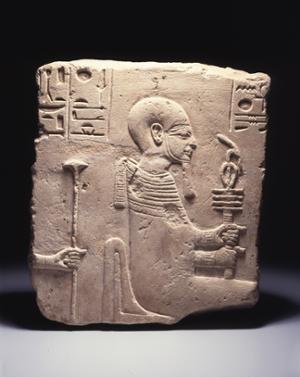
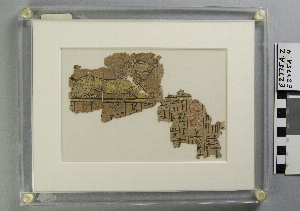
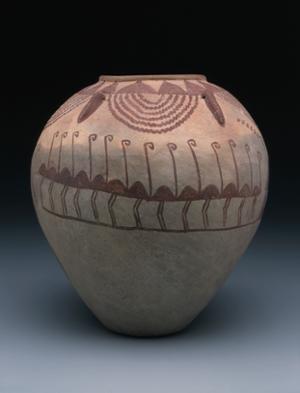
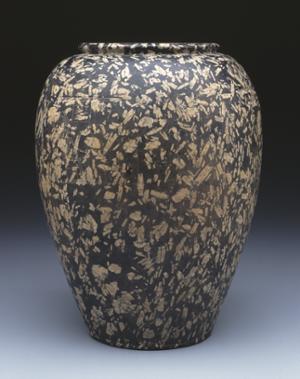
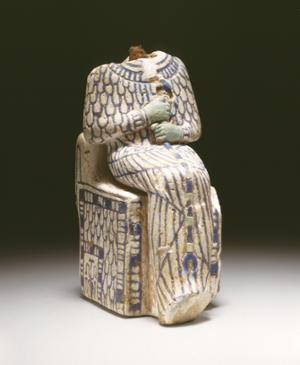
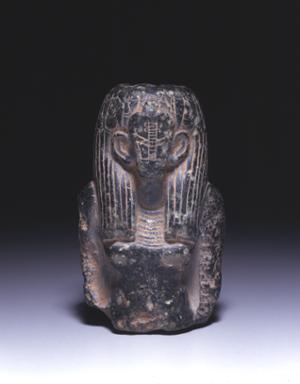
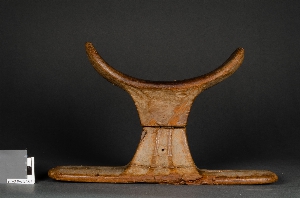
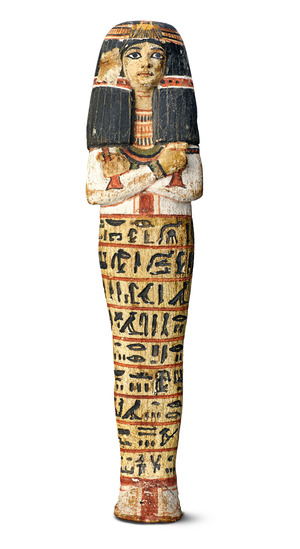
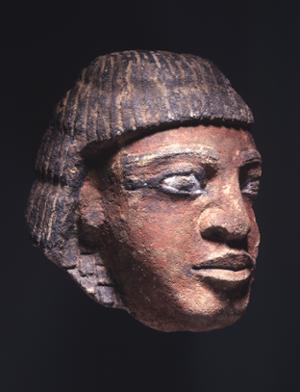
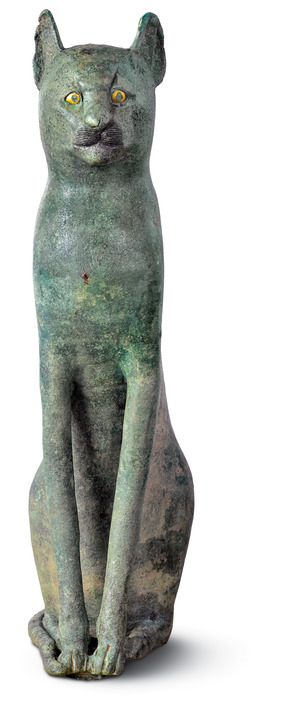
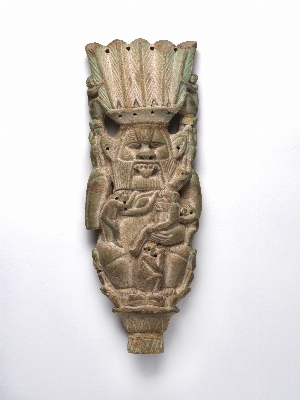
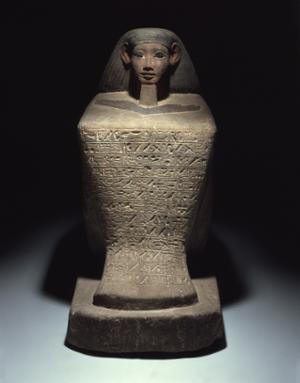
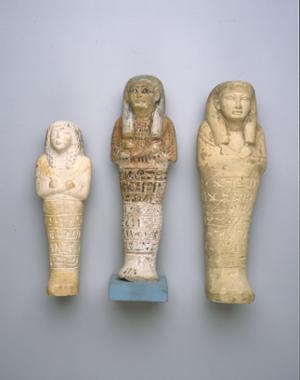
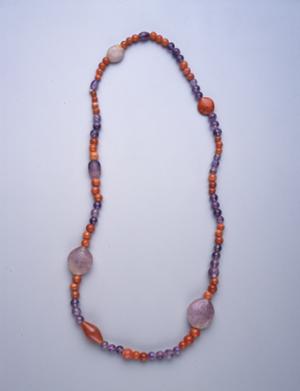
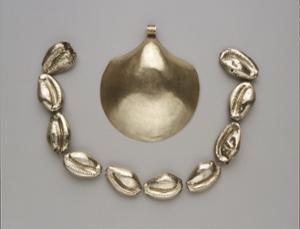
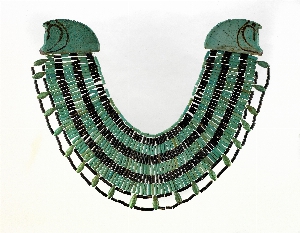
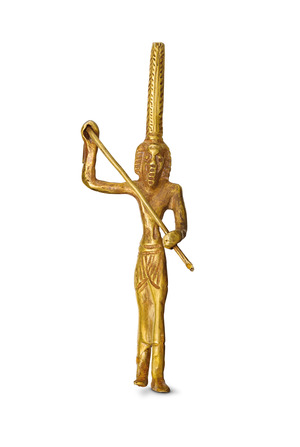
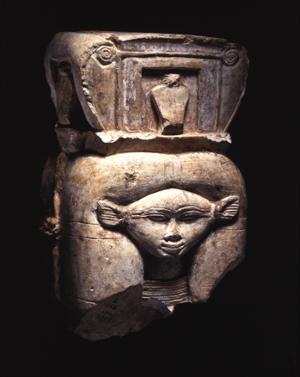
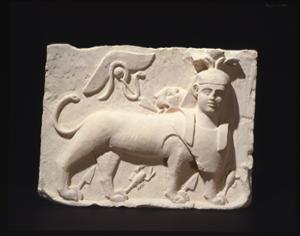
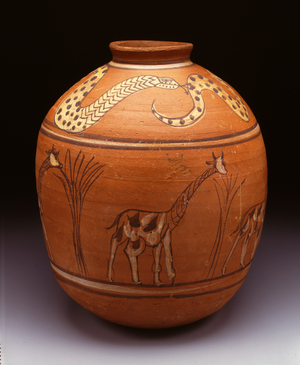
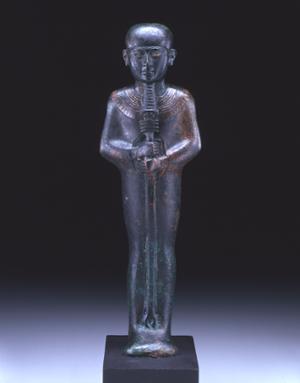
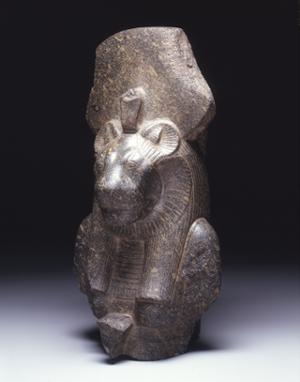
1 - 30 of 237 Records


